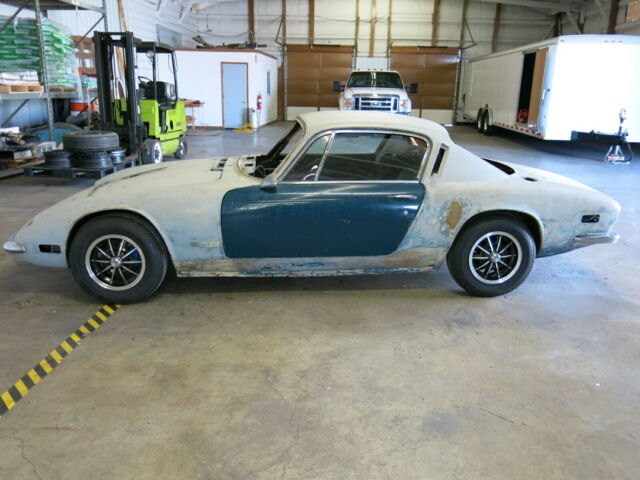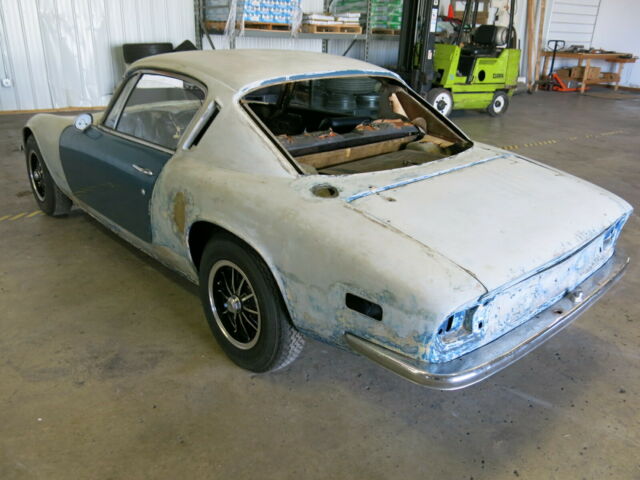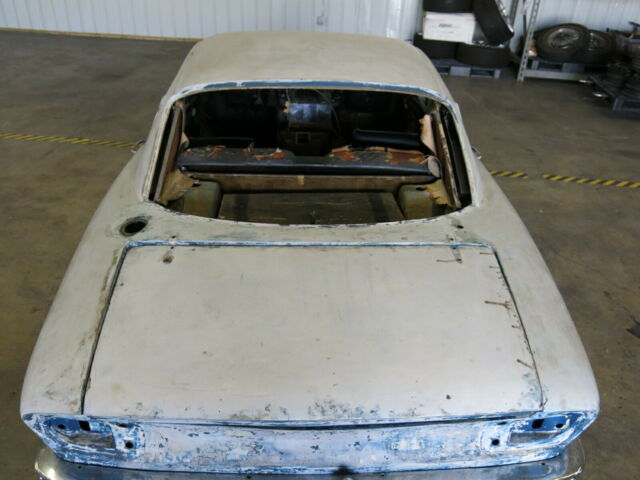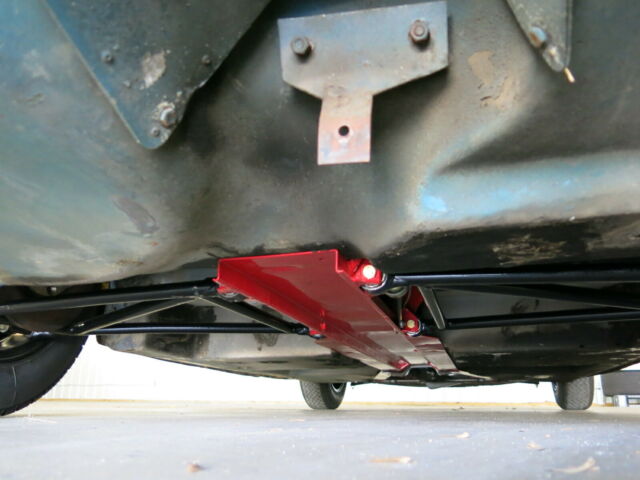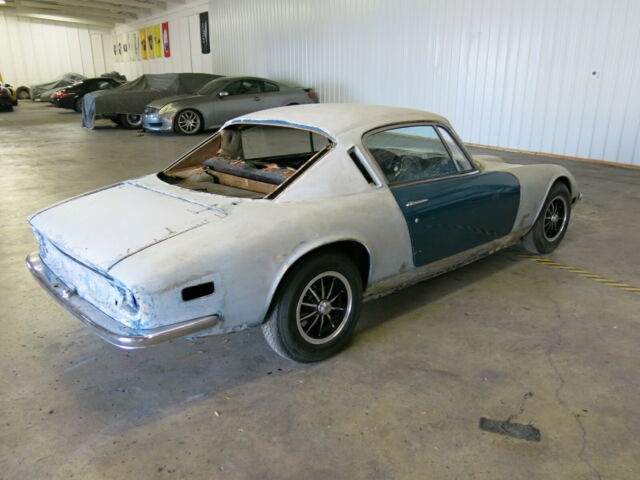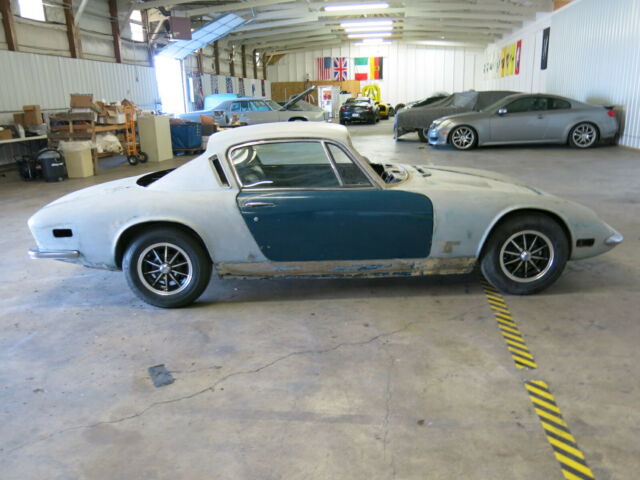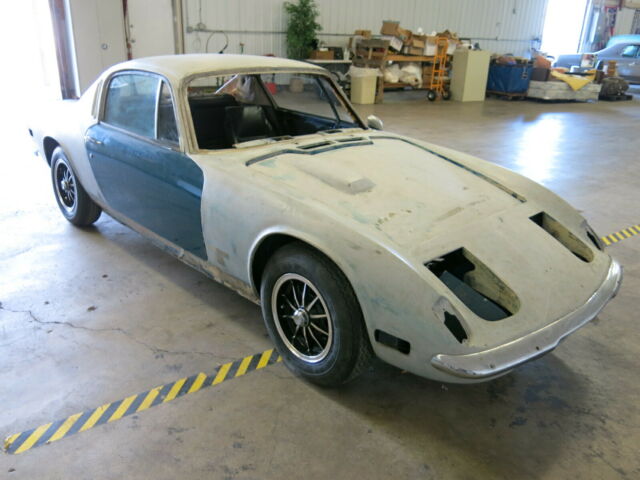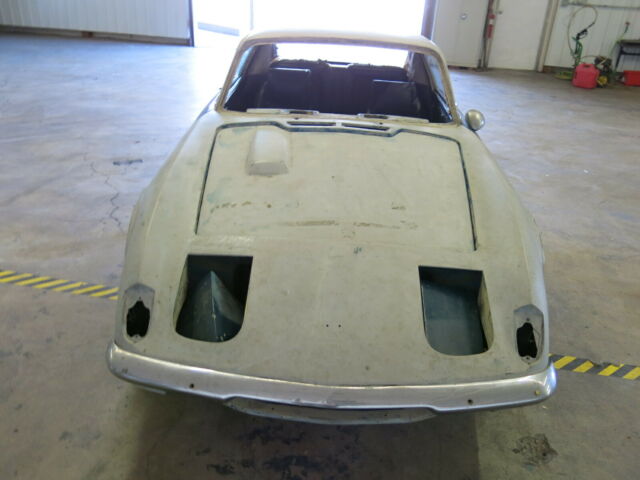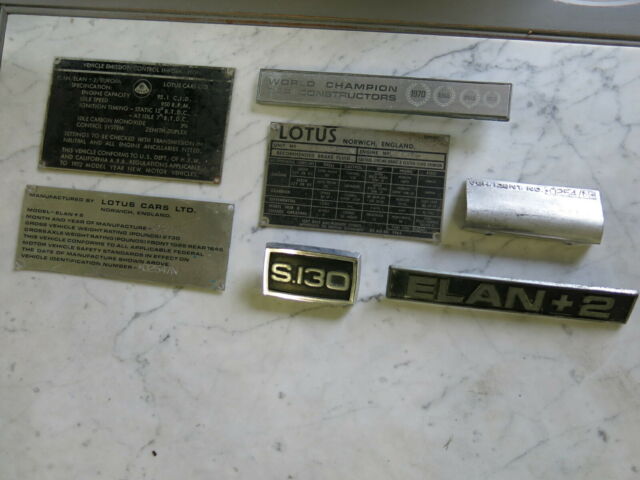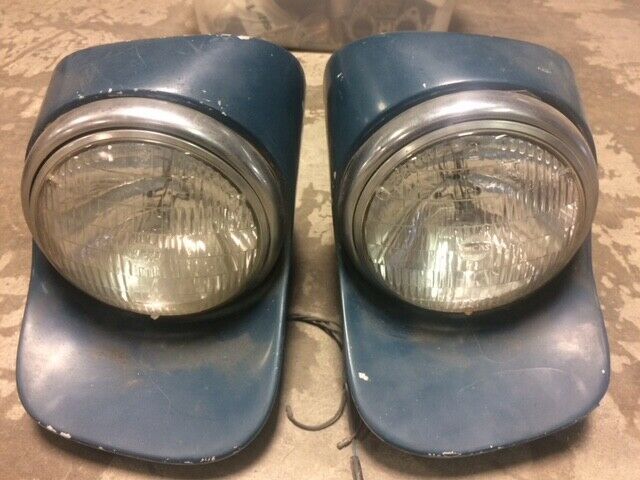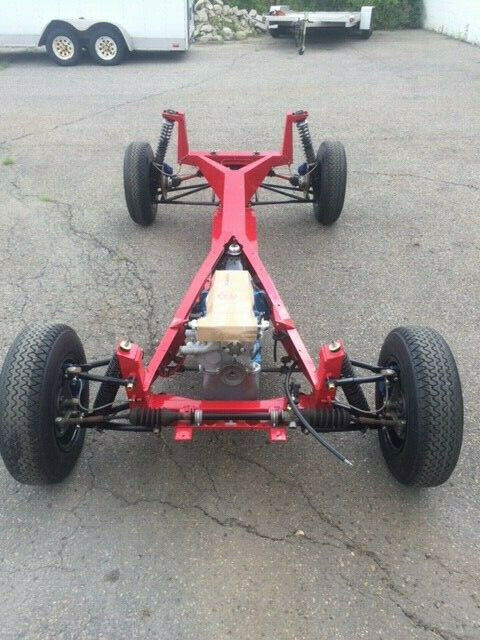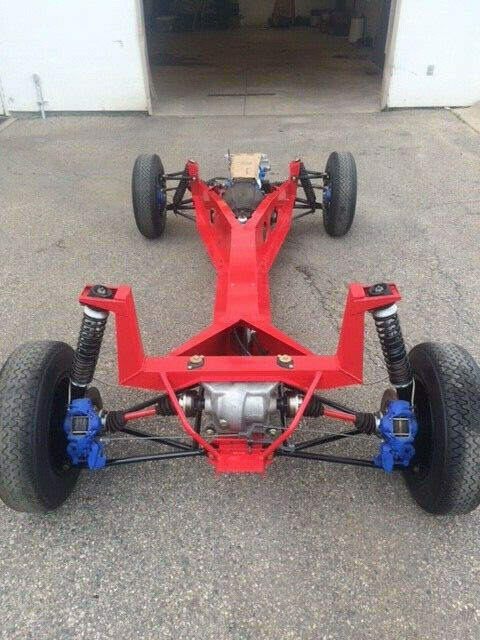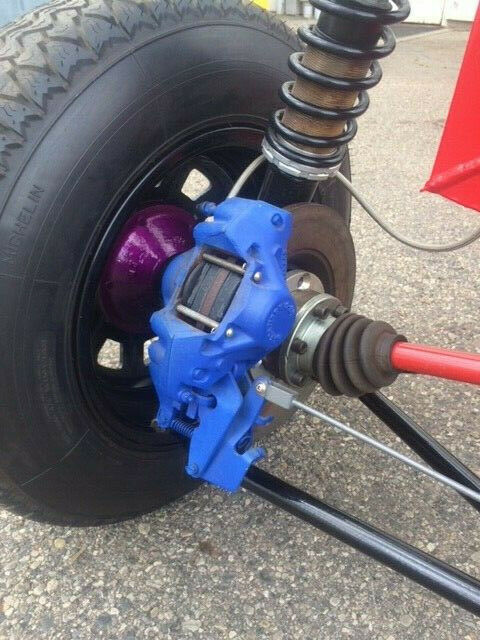1972 LOTUS ELAN PLUS 2 S130 COUPE, HALF FINISHED RESTORATION PROJECT, RARE!!
- Make: Lotus
- Model: Elan Plus 2 S130 Coupe
- Type: Coupe
- Year: 1972
- VIN: 72020254N
- Color: Blue
- Engine size: 711M tall block
- Number of cylinders: 4
- Fuel: Gasoline
- Transmission: Manual
- Drive type: RWD
- Interior color: Black
- Drive side: Left hand drive
- Options: Leather Seats
- Vehicle Title: Clear
- Location: Evansville, Indiana, United States
Description
We are proud to offer this half restored example of a 1972 Lotus Elan Plus 2 S130 Coupe ... This Lotus is one of the highly sought after later production models that are becoming very rare and valuable. This example was sold new in California and remained there until 04/2015, when it was purchased by a close friend and business associate and transported to MI. This was a project that never materialized for him and when he sold his storage building and decided to downsize his life I helped him out by purchasing this and a Morris Minor Panel Van (since sold) and brought them to Indiana. This Lotus is ahalf restored project that needs body prep, paint, the interior installed and the engine finished (it needs a cylinder head, intake & carbs - all of which are available with the car). Most all other required parts come with the car and the chassis is gorgeous - completely powder coated and properly restored, incl brakes, suspension, rear differential and new rims / tires. Put your Elan body / interior on this chassis, turn it into a track car or restore it to factory new condition! The possibilities are endless. Please read the description below and ask for additional photos. I have over 200 that document the entire car, the parts, the interior pieces, the intake, Weber carbs and the Jack Ingram prepared high performance head that would all be included with the Buy It Now on this auction.
Serious bidders only - bids from buyers with "0" feedback will be cancelled without notice. If a no-feedback history pertains to you, please contact me before bidding! We do have a complete collection of photographs that document every aspect of this vehicle, so please request them! And be sure to mail us if you have any questions. Also keep in mind that this vehicle is being advertised with other retail sites, so we reserve the right to cancel this auction at any time and without notice.
Additional Details: (VIN: 72020254N), lightweight (1,530 pounds), nimble and outrageously fun to drive - the Lotus Elan
Plus 2 is the epitome of Colin Chapman’s belief that light weight will trip huge horsepower every time. The Lotus Elan was
the first Lotus road car to use a steel backbone chassis with a fiberglass body. This style of construction was to be repeated
in subsequent Lotus models for nearly three decades and when hired to help develop the DeLorean DMC-12. The Elan
chassis was also the design inspiration for the Mazda Miata and Toyota 2000GT. The Elan was technologically advanced
with a DOHC 1,558 cc engine, four-wheel disc brakes, rack and pinion steering, and 4-wheel independent suspension.
Gordon Murray, designer of the McLaren F1 super car, reportedly said that his only disappointment with the McLaren F1
was that he could not give it the perfect steering of the Lotus Elan. This is a half restored project vehicle that needs body
prep, paint, wiring, interior installed and the engine finished (it needs a cylinder head and there is a newly rebuilt (by Jack
Ingram of Lotus Racing) Weber head and set of Weber carbs available at the BIN), all parts come with the car and the
chassis is gorgeous - completely powder coated and restored, incl brakes, suspension, rear differential and new rims / tires.
The 711M tall block engine has been fully rebuilt as well as the transmission and differential (info below). Put your Elan body
or interior on this chassis, turn it into a track car or restore it to factory new condition! You can finish this Elan in any exterior
and interior color you choose - a lot of work has already been done!
Information on this Elan:
- body 90% stripped of paint - stripped with orange chemical stripper
- 80% new interior pieces comes with the car incl. stuffed and recovered seats with new rails, full carpet set, dashboard, rear
quarter panels and door panels as well as some of old interior, including the headliner
- chassis was totally stripped and powder coated red and had all new bushings installed
- brakes have SS pistons and lines with new rotors, pads and calipers
- Front end has Spyder front wishbones and drop link bushings
- steering rack has new bellows and clamps
- new frustacones
- new adjustable shocks and springs
- rear half shafts have been converted to solid CV joint drive with flanges coming out of the differential - from Tony Thompson
Racing in Leicestershire UK
- all front and rear end parts have been powder coated
- factory alloy knock-off rims and Michelin XAS tires have never been on the road
- $600 refinished wood dash from Madeira concepts
- door glass is in place, windshield and rear window is on a pallet
- Receipts from Dave Bean Engineering, RD Enterprises, Spyder Engineering, Tony Thompson Racing
- fully rebuilt 711M tall block engine incl. standard Lotus size cast pistons, new pin bushings, new big end and crank bushings
and standard flywheel - all reciprocating parts were dynamically balanced.
- 4-sped trans has been totally rebuilt incl. shift lever and boss, shift housing bushing, lower bushing liner, main shaft bearing,
needle bearings, tail shaft seal, input shaft seal, full gasket set, shift forks, front and rear thrust washers.
What this Lotus Elan Needs:
cylinder head and intake (available)
carbs and linkage (available)
headers / exhaust manifold & exhaust system
wiring (new labeled harness comes with the car)
interior installation
body prep and paint
Tires: Michelin XAS tires (155/82 HR-13) with Tread Measurements: DF: 10/32, PF: 10/32,
DR: 10/32, PR: 10/32 (10/32 is new tire tread depth).
Ownership Timeline: I have spoken with or communicated with the 3rd, 4th and 5th owners, as well as the
mechanic for the second owner.
02/1972 - delivered to the US to the distributor BMCD of San Francisco
1972 - purchased by first owner (rumored to be the Mitchell Borthers) in San Francisco, CA and registered in CA.
1981 - purchased by Linda Krafft of San Francisco, CA (last registered for road use in 1990 - CA blue plates incl.)
11/05/2001 - purchased by A.Corwin of Bethel Island, CA
07/03/2006 - purchased by J.Kenner of Sebastopol, CA
04/08/2015 - purchased by E.Schick of Birmingham, MI
02/19/2019 - purchased by Brian Buxton and transported to Indiana
03/2019 - vehicle offered for sale by Buxton Motorsports in Evansville, IN
Basic Information on the Lotus Elan:
In 2004, Sports Car International named the Elan number six on the list of Top Sports Cars of the 1960’s. The original version of the car was designed by Ron Hickman, who also designed the first Lotus Europa as part of Lotus' GT40 project bid and made his fortune having designed the Black & Decker Workmate.
Because of its successful design and rigorous attention to cost control on the body, chassis, engine and transmission, the Elan become Lotus' first commercial success and contributed to the funding of its achievements in racing over the next ten years. It revived a company stretched thin by the more exotic, expensive to build, and rather unreliable Lotus Elite, which used a fiberglass monocoque body /chassis and all aluminium Coventry Climax engine.
The original Elan 1500 was introduced in 1962 as a roadster. After a very short production run of just 22 cars the engine was enlarged and the car was re-designated the Elan 1600. An optional hardtop was also offered. The Elan 1600 of 1963 was replaced by the Elan S2 in 1964. In 1965 the Type 36, a fixed head coupe version of the car, was introduced while in 1966 the drop head coupe Type 26 was replaced by the Type 45. Both Types, 36 & 45, were offered initially in S3 form, followed in 1968 in S4 form, and finally in 1970 as the Elan Sprint. Production of the Sprint ceased in 1973. The standard (Std) S2, S3 & S4 models were also available in a slightly more powerful and luxurious "Special Equipment" variant, generally referred to as the SE (e.g. Lotus Elan S3 SE).
In the UK the Elan was offered as a fully assembled vehicle and, for tax avoidance purposes, as a lower cost kit for final assembly by the customer.
The Elan was widely admired and praised by customers and reviewers, noted for its exceptional handling, road holding, steering, acceleration, braking and comfort:
Car and Driver: The Elan very simply represents the sports car developed in tune with the state of the art. It comes closer than anything else on the market to providing a Formula car for ordinary street use. And it fits like a Sprite, goes like a Corvette, and handles like a Formula Junior. Driving it is very simply another sort of automotive experience altogether. Most people tend to come back from their first ride a little bit glassy-eyed.
Road and Track: The light and tactile steering, combined with supple suspension and a weird, physics-defying sense of zero weight transfer in corners, provides a sensation akin to flying just over the ground. I'm convinced there's a powerful pleasure center in the brain that remains untapped until you drive an Elan. It's almost a drug.
Motor Sport: The tremendously responsive steering and handling requires similar qualities from the driver and the speeds achieved round corners and on the straight are deceptively fast. This, therefore, calls for a lot of concentration on the driver's part. Once mastered, however, the Elan is the nearest thing to a single-seater racing car one is likely to be able to drive comfortably on the road. To master the car and explore its tremendous handling potential along that delightfully twisty piece of road one knows so well is close on perfection for the sporting motorist.
The total production number for the Lotus Elan is not definitively known; however John Bolster, in his book "The Lotus Elan and Europa: A Collector's Guide", provides a number of 12,224 (S1-3: 7,895; S4: 2,976; Sprint: 1,353). This number was occasionally used by Lotus itself.
Meanwhile, Paul Robinshaw and Christopher Ross, in their book "The Original 1962–1973 Lotus Elan", assert that Lotus' somewhat erratic record keeping at the time meant that vehicle serial numbers were not entirely sequential or consistent. Their assessment suggests the actual count to be in the range 8,676-9,153 (S1: 900; S2: 1,250; S3: 2,650; S4: 2976-3,000; Sprint: 900-1353).
As of April 2018, the voluntary, and thus inevitably incomplete, Lotus Elan registry lists approximately 1,100 known remaining vehicles (including approximately 330 +2 models) in over 30 countries.
While the structure of the Elan followed a entirely traditional approach for sports cars of the time - front engine, rear wheel drive - its design included novel ideas that found their way into the designs of other manufacturers' vehicles. Examples include: Mazda MX-5 (Mazda Miata in North America). The original Elan is usually credited as being the design inspiration for this sports car in 1989. Two Elans were intimately evaluated by Mazda in the process of designing the MX-5. The Toyota 2000GT. This sports car used a chassis that bears a striking resemblance to the Lotus Elan.
Famous celebrities, past & present, who owned and / or drove a Lotus Elan include:
Peter Sellers - English comedian.
Jim Clark - Scottish racing driver.
Paul Newman - American actor.
Jay Leno - American TV personality.
Michael Crawford - English actor, singer, comedian.
Noel Redding - English rock musician (Jimi Hendrix Experience & Fat Mattress)
This generation of the two-seater Elan was famously driven by Diana Rigg in the character of Emma Peel in the 1960s British television series The Avengers.
The reference to a car accident in the Beatles song "A Day in the Life" was apocryphally based on Tara Browne's fatal accident in his Lotus Elan.
Despite the fact that the Lotus Elan has been (and continues to be) used extensively for racing it was Lotus' first car that was not designed with racing in mind. (The earlier Lotus Elite was designed as a road car and also to compete in high-efficiency classes at Le Mans. Nevertheless, because owners assumed that all Lotus cars were designed for racing, it soon found its way onto the track, however unsuitable. Lotus resisted modifying the car to make it more suitable for racing but eventually created a racing version of the Elan. Robinshaw / Ross quote Colin Chapman:
"When we announced the Elan we said 'This is a touring car, it is not intended for racing and have done no competition development on it.' The fact that customers bought them and tried to race them was originally no concern of ours, but in the second year we thought, well, if these people insist on racing them then we'd better get down to some proper development. They were too softly sprung, too softly damped, tore their doughnuts apart and had all sorts of drama, but it was the name, and people thought they must be racing cars."
Motor Sport: Mechanically, the 26R differed by featuring racing lightweight competition-spec wishbones, sliding spline drive shafts in place of rubber joints, bigger anti-roll bars and a degree of reinforcement around the suspension pick-up points. Pedals were repositioned to aid heel-and-toeing, dual circuit brakes with twin master cylinders and light alloy calipers coming as standard. As did a 140 bhp Cosworth-tuned ‘four’ although up to 160bhp was offered in time.
Other changes included flared wheel arches, which allowed for larger wheels and tires, and a lighter body shell.
The basic structure of the Lotus Elan comprised a fabricated mild steel backbone chassis, similar to a double ended tuning fork, and a fiberglass body. The chassis was the primary stressed component, providing the necessary bending and torsional rigidity. The fiberglass body was solidly bolted to the chassis at 16 points, fitting over it like a saddle. While not highly stressed the body nevertheless added to the overall rigidity of the structure. As such, the chassis should more properly be considered a subframe - it is readily changeable and most Elans on the road today have had a new chassis fitted at some point, either due to accident or decay.
The engine & gearbox are located between the front fork arms and the differential between the rear fork arms. The front & rear suspensions attach to the ends of their respective arms (turrets at the end of the arms hold the suspension springs & dampers).
This design resulted in light weight, high rigidity (by contemporary standards), and easy driver/passenger access through wide door openings with low sills. Driver and passenger protection from front and rear impact was acceptable for its time, but side impact protection was minimal.
The engine, gearbox and differential were all sourced from Ford UK components. See below for details on the engine. The gearbox was a high volume unit used widely across the Ford range (Anglia, Cortina, etc.). Lotus offered regular and close ratio versions. The differential unit was also sourced from Ford but converted for independent rear suspension use (contemporary Ford cars used live rear axles). Three differential ratios were offered at various times during the production life of the vehicle: 3.55, 3.77 and 3.9. Most Elans were fitted with 3.77 differentials. 3.90 differentials, which provided the best acceleration, were often favored by purchasers of early cars, while 3.55 differentials became more common in later cars (especially the more powerful Sprints) to provide more relaxed cruising on newly built highways.
The final drive used four Rotoflex couplings[a] to connect the differential output shafts to the rear hubs. These "rubber doughnut" couplings were widely used at the time for road vehicles (e.g. Hillman Imp, Triumph GT6) and racing (e.g. Ford GT40, Lotus 21), prior to the availability of constant velocity (CV) joints. In the case of the Elan, which had exceptionally supple rear suspension that allowed significant vertical wheel travel, the deformation of the Rotoflexes in operation resulted in some "wind up" of the couplings. This could be readily detected by the driver, especially at take off and during gear changes, and was slightly disconcerting when driving an Elan for the first time. In practice drivers typically adjusted their clutch technique within a few minutes and no longer noticed it. In recent years the uncertain quality of replacement Rotoflex couplings, combined with the availability of half-shafts built with CV joints, has resulted in many Elans being converted from Rotoflex to CV joint drive.
A notable feature of the drive train design was its use of standard, mass-produced components in combination with a minimal number of specialized aluminium castings to create a power unit and transmission suitable for a high performance sports car:
These three items were unique to the Elan (although the engine was subsequently used widely in other vehicles). The 1,558 cc "Lotus TwinCam" engine was based on the Ford Kent Pre-Crossflow four-cylinder 1,498 cc engine, with a Harry Mundy-designed two-valve alloy chain-driven twin-cam head. The rights to this design was later purchased by Ford, which renamed it the "Lotus-Ford Twin Cam". It would go on to be used in a number of Ford and Lotus production and racing models.
Lotus reported different power outputs for the Twin Cam engine during the production of the Elan. Prior to the release of the Sprint the following outputs were reported in the Workshop Manual.
The Elan utilized modern technologies for its suspension, steering and brakes. The overall design was simple and easily maintained. In common with many Lotus cars they were perhaps the Elan's most highly regarded features.
Front suspension: The front suspension was based on Triumph wheel uprights & steering components while the remaining pieces were of Lotus design. The layout was a classic double wishbone arrangement with coilover springs and shock absorbers. Each "wishbone" consisted of two separate arms, with the upper pair connected to a ball joint at the top of the suspension upright and the bottom pair connected to a trunnion joint at the base of the upright. The bottom pair also held the base of the shock absorber and coil spring assembly (the top being connected to its chassis suspension tower).
Similarly, the steering was of classic rack and pinion design, the Triumph rack (originally acquired from Alford & Alder) being modified for the Elan's narrow track with custom track rods and rack collars that set the minimum turning radius. The steering, 2 2⁄3 turns lock-to-lock, was not power assisted, which allowed for the visceral steering feel for which the Elan was famous.
Rear suspension: The Chapman Strut rear suspension was designed and manufactured by Lotus. A single brazed "A frame" wishbone was bolted to each side of the base of a cast aluminum upright /wheel-hub, and to the chassis at two, widely set, points. The shock absorber and coil spring strut was integrated into the upright and bolted via a rubber "Lotocone" coupling to its chassis suspension tower. This resulted in a simple design with just three chassis connection points.
Brakes: The disk brakes (9.5 in (241 mm) front and 10.0 in (254 mm) rear) were supplied by Girling. Most Elans used a single hydraulic circuit although Federal cars were fitted with dual circuits. Early Elan brake systems were not servo assisted, but servos were fitted to SE and later models. In practice the Elan was light enough that power assistance for the brakes was not required, so the provision of servo assistance may have offered a marketing benefit as much as a functional benefit.
Lotus relied heavily on suppliers of mass produced parts to create the Elan. These included:
Engine/Gearbox/Differential from Ford UK.
Front suspension and steering from Triumph (Herald/Spitfire/Vitesse).
Electrical systems from Lucas (dynamo, starter, wiring, relays, ignition, lighting, etc.).
Instrumentation & other electrical from Smiths (speedometer, tachometer, heater, etc.).
Carburetors from Weber, Dell'Orto and Zenith-Stromberg (depending on model).
Brakes from Girling.
Bid with confidence - we have been a member of eBay since November 1998 and we have a 100% feedback rating!! We do have a complete collection of photographs that document every aspect of this vehicle, so please request them! And be sure to mail us if you have any questions! Please also keep in mind that this vehicle is being advertised via other retail venues, so we reserve the right to cancel this auction at any time and without notice.
More Lotus classic cars for sale
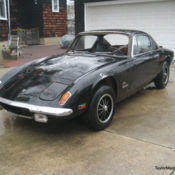 1972 Lotus Elan Plus2 'S' very worthy restoration project, w/ Air Conditioning
1972 Lotus Elan Plus2 'S' very worthy restoration project, w/ Air Conditioning
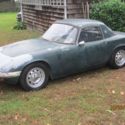 1966 Lotus Elan Coupe - original condition - complete restoration project
1966 Lotus Elan Coupe - original condition - complete restoration project
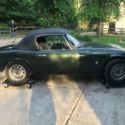 Lotus Elan S2 1966 - Restoration Project
Lotus Elan S2 1966 - Restoration Project
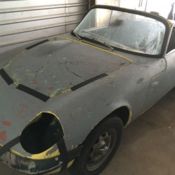 Lotus Elan 1967 S3 Super Safety Restoration Project, No Drivetrain
Lotus Elan 1967 S3 Super Safety Restoration Project, No Drivetrain
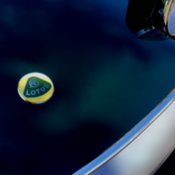 Lotus Elan Series 4 Coupe 1969 Rotisserie Restoration
Lotus Elan Series 4 Coupe 1969 Rotisserie Restoration
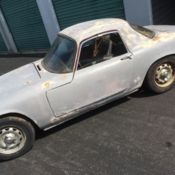 1967 Lotus Elan S3 Fixed Head Coupe Project
1967 Lotus Elan S3 Fixed Head Coupe Project
 1969 Lotus Elan S4 Type 45 drop head coupe project
1969 Lotus Elan S4 Type 45 drop head coupe project
 1967 Lotus Elan S3 Fixed Head Coupe Weber Engine Project
1967 Lotus Elan S3 Fixed Head Coupe Weber Engine Project
 1972 Lotus Elan Sprint Coupe 71 Miles Lagoon Blue metallic Coupe 1558cc 4 cylind
1972 Lotus Elan Sprint Coupe 71 Miles Lagoon Blue metallic Coupe 1558cc 4 cylind
 1991 Lotus Elan M100, Lotus, Elan
1991 Lotus Elan M100, Lotus, Elan
 1972 Lotus Elan Plus2 'S' very worthy restoration project, w/ Air Conditioning
1972 Lotus Elan Plus2 'S' very worthy restoration project, w/ Air Conditioning
Year: 1972
Mileage: 52,000
Mileage: 52,000
 1966 Lotus Elan Coupe - original condition - complete restoration project
1966 Lotus Elan Coupe - original condition - complete restoration project
Year: 1966
Mileage: 81,000
Mileage: 81,000
 Lotus Elan S2 1966 - Restoration Project
Lotus Elan S2 1966 - Restoration Project
Year: 1966
Mileage: 68955
Mileage: 68955
 Lotus Elan 1967 S3 Super Safety Restoration Project, No Drivetrain
Lotus Elan 1967 S3 Super Safety Restoration Project, No Drivetrain
Year: 1967
Mileage: 33,000
Mileage: 33,000
 Lotus Elan Series 4 Coupe 1969 Rotisserie Restoration
Lotus Elan Series 4 Coupe 1969 Rotisserie Restoration
Year: 1969
Mileage: 1,000
Mileage: 1,000
 1967 Lotus Elan S3 Fixed Head Coupe Project
1967 Lotus Elan S3 Fixed Head Coupe Project
Year: 1967
Mileage: 99,999
Mileage: 99,999
 1969 Lotus Elan S4 Type 45 drop head coupe project
1969 Lotus Elan S4 Type 45 drop head coupe project
Year: 1969
Mileage: 126,000
Mileage: 126,000
 1967 Lotus Elan S3 Fixed Head Coupe Weber Engine Project
1967 Lotus Elan S3 Fixed Head Coupe Weber Engine Project
Year: 1967
Mileage: 99,999
Mileage: 99,999
 1972 Lotus Elan Sprint Coupe 71 Miles Lagoon Blue metallic Coupe 1558cc 4 cylind
1972 Lotus Elan Sprint Coupe 71 Miles Lagoon Blue metallic Coupe 1558cc 4 cylind
Year: 1972
Mileage: 71
Mileage: 71
 1991 Lotus Elan M100, Lotus, Elan
1991 Lotus Elan M100, Lotus, Elan
Year: 1991
Mileage: 117811
Mileage: 117811
